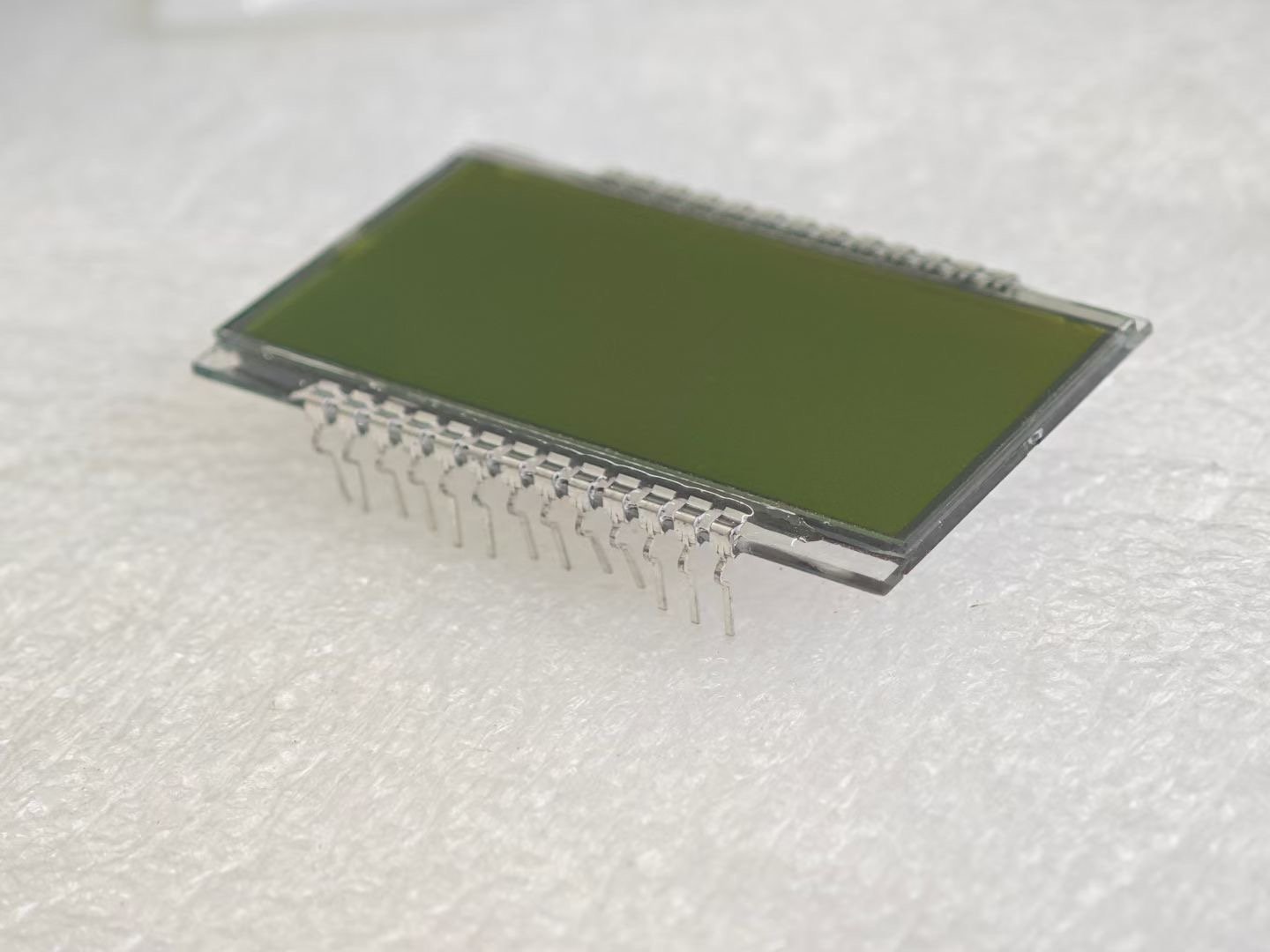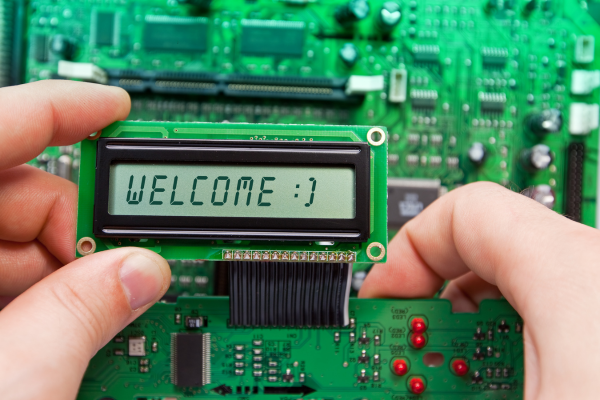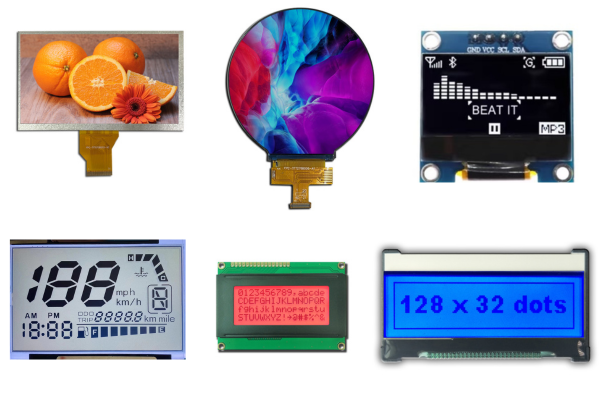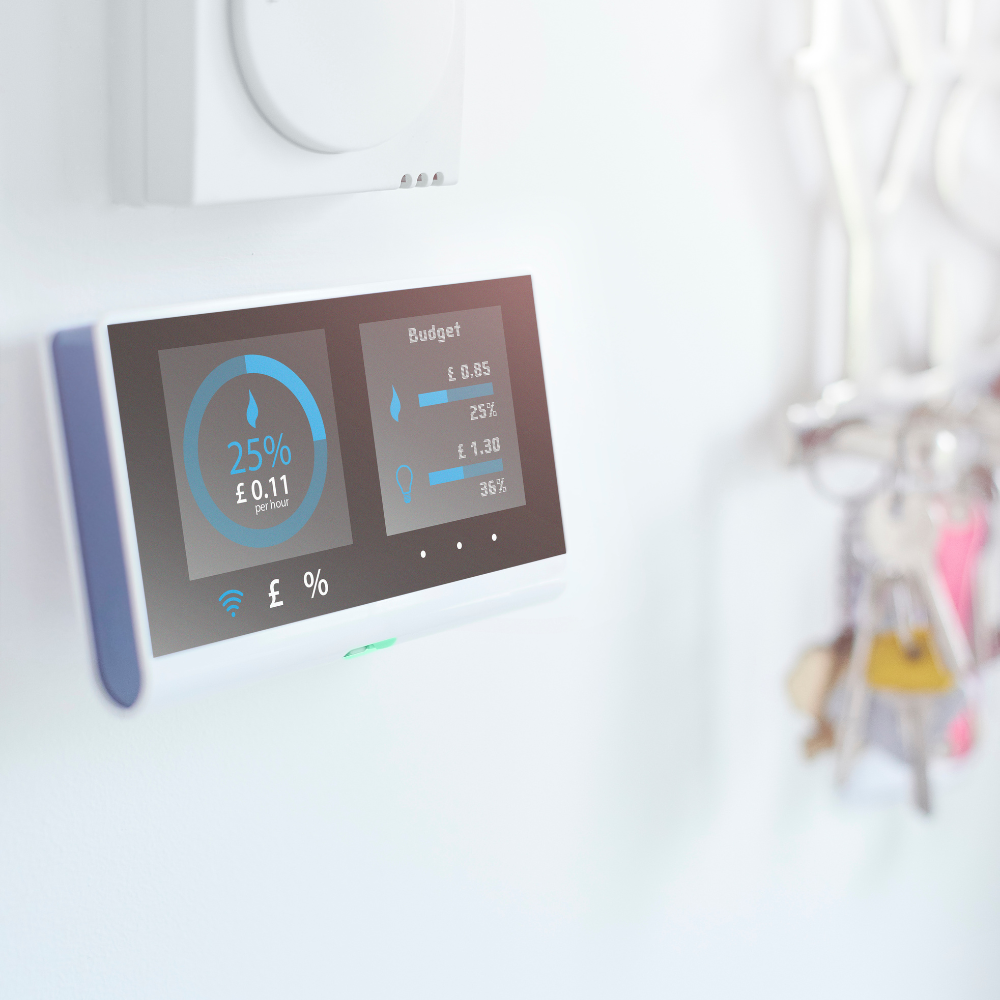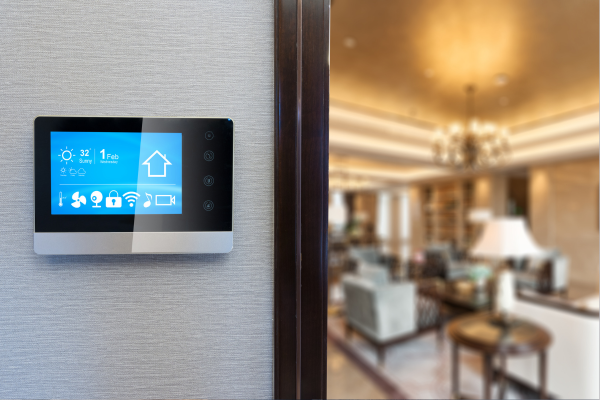
Are you finding that older display interfaces are too slow and power-hungry for your new product? This can lead to poor performance and short battery life. MIPI DSI is the solution.
MIPI DSI is popular because it delivers high-speed data with low power use and reduced electrical noise. It uses fewer pins, which simplifies product design and cuts costs for modern devices.
I remember a client from UK, Robert. He was developing a new handheld industrial scanner. He was frustrated with the bulky connectors and high power draw of older interfaces. When we introduced him to a TFT display with a MIPI DSI interface, it was a game-changer for his project. Let’s explore why.
What is the MIPI DSI?
So what exactly is this interface that is becoming so common in our industry? Let’s break it down into simple terms so you can understand its value for your next project.
MIPI DSI stands for Mobile Industry Processor Interface Display Serial Interface. It is a high-speed communication standard used to connect a processor to a display module, like a TFT LCD.
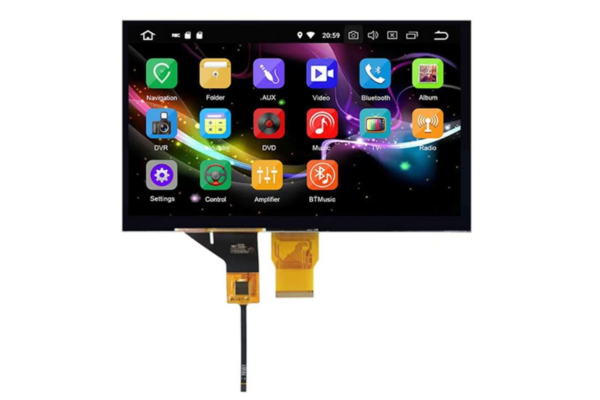
The MIPI Alliance, a group of companies in the mobile industry, created this standard. Their goal was to create one interface that worked for everyone. This makes it easier for companies like yours to find compatible parts.
How it Works: Two Modes
The clever part of MIPI DSI is that it has two main operating modes. This helps it be both fast and efficient.
- High-Speed (HS) Mode: This mode is for sending the actual image or video data. It uses differential signaling to transmit a large amount of data very quickly. This is what allows for high-resolution, smooth video playback.
- Low-Power (LP) Mode: This mode is for sending commands, configurations, and status updates. It uses much less power. The interface switches to this mode when the screen content is static or off, which saves a lot of battery life in portable devices.
At my factory, we produce many displays with MIPI DSI. We see firsthand how this dual-mode system helps our customers build more power-efficient products.
How fast is MIPI DSI?
Speed is critical for modern displays. Nobody wants a laggy screen. So, just how fast can the MIPI DSI interface transfer data? The answer is impressive and a key reason for its success.
A single MIPI DSI data lane can run at speeds up to 2.5 Gigabits per second (Gbps). Most designs use multiple lanes, so a 4-lane setup can achieve a total bandwidth of 10 Gbps.
This high speed is more than just a number. It has a direct impact on the kind of display you can use in your product.
What This Speed Means in Practice
To understand these speeds, let’s look at what they can support. High bandwidth is necessary for both high resolution and high refresh rates.
| Number of Lanes | Max Bandwidth | Example Supported Resolution |
|---|---|---|
| 1 Lane | ~2.5 Gbps | 720p @ 60fps |
| 2 Lanes | ~5.0 Gbps | 1080p @ 60fps |
| 4 Lanes | ~10.0 Gbps | 4K UHD @ 60fps |
Note: These are estimations. Actual performance depends on the processor and display controller.
As you can see, even a 2-lane MIPI DSI can easily handle Full HD resolution, which is common in many handheld devices. For very demanding applications like virtual reality or high-end tablets, a 4-lane interface provides the power needed for 4K displays.
What is special about the DSI?
Beyond its raw speed, what other features make the MIPI DSI interface the right choice? Several key advantages make it stand out from older technologies. These are the points I often discuss with buyers.
The most special thing about DSI is its combination of high bandwidth, low power consumption, and excellent EMI performance. It achieves this with fewer pins, which simplifies the overall design.
Let’s dive deeper into these special characteristics.
Reduced EMI (Electromagnetic Interference)
In any compact electronic device, many components are packed tightly together. This can create electrical “noise,” or EMI. Too much EMI can cause the device to fail performance tests and certifications. MIPI DSI uses differential signaling in its high-speed mode. This means it sends data over pairs of wires with opposite signals. This technique naturally cancels out most of the noise. For our customers, this means a more reliable product that is easier to get certified, saving time and money.
Lower Pin Count
Older interfaces like parallel RGB need many pins, sometimes over 24, to connect a display. MIPI DSI is a serial interface. It can send all the same data with far fewer pins. A typical 4-lane DSI interface might use only 10 pins for data and clock.
Fewer pins lead to:
- Smaller and cheaper connectors.
- Simpler and smaller circuit boards (PCBs).
- Lower overall product cost.
What is the difference between LVDS and MIPI DSI?
Procurement officers like Robert often ask me to compare MIPI DSI with LVDS. LVDS has been a workhorse for years in industrial and television applications. But for new embedded designs, MIPI DSI has clear advantages.
The main difference is that MIPI DSI is newer, faster, and more power-efficient than LVDS. MIPI DSI is designed for the high-resolution, battery-powered needs of modern mobile and embedded devices.
Here is a simple table to show the key differences I explain to my clients.
| Feature | MIPI DSI | LVDS |
|---|---|---|
| Primary Use | Mobile, embedded, battery-powered | Industrial, TVs, larger systems |
| Max Speed | Very High (up to 2.5 Gbps per lane) | High (up to ~655 Mbps per lane) |
| Power Consumption | Very Low (due to LP mode) | Moderate to High |
| Pin Count | Lower | Higher |
| EMI Performance | Excellent | Good |
| Standardization | Single, strong standard (MIPI Alliance) | Multiple variations exist |
While LVDS is still a reliable choice for some applications, I almost always recommend MIPI DSI for new product development. The benefits in power, cost, and performance are too significant to ignore.
What is the difference between MIPI and SPI interface?
Another common interface is SPI. However, comparing MIPI DSI to SPI is like comparing a cargo ship to a small speedboat. They are built for completely different tasks and are not interchangeable.
MIPI DSI is a complex, high-speed interface for transmitting video. SPI is a simple, low-speed interface used for basic commands or very small, low-data displays. They serve different ends of the market.
Here’s a quick breakdown:
- Use MIPI DSI for: Smartphones, tablets, high-resolution instrument clusters, medical monitors, and any device that needs to show smooth video or complex graphics.
- Use SPI for: Small character displays, simple icon-based screens on appliances, sensor readings, or sending configuration data to a chip.
You would never use SPI to drive a 1080p touchscreen. And you would never use the complex MIPI DSI interface for a simple two-line text display. Choosing the right one depends entirely on your product’s display requirements.
Why is MIPI DSI Interface Is the Top Choice for New Products?
So, after looking at all these technical details, we come back to our main question. It should be clear why my team and I see MIPI DSI in almost every new design specification we receive.
MIPI DSI is the top choice for new products because it perfectly balances the demands of the modern market: high speed for great visuals, low power for long battery life, and a compact design for sleek products.
The success of MIPI DSI is built on three pillars:
1. Superior Performance
It delivers the speed needed for the high-resolution, high-refresh-rate screens that consumers now expect as standard.
2. Excellent Efficiency
Its low power consumption and low EMI make it easier and cheaper to design reliable, certified, battery-powered devices.
3. A Strong Ecosystem
Because it is a global standard, processors, controllers, and displays from hundreds of manufacturers are available. This gives you, the buyer, a secure and competitive supply chain. At Santop, we can provide a wide range of MIPI DSI displays, like a supermarket for LCDs, knowing they will be compatible with your chosen processor.
Conclusion
In summary, MIPI DSI’s blend of high speed, low power, and robust performance makes it the clear winner for modern embedded display applications. It’s the standard for a reason.

